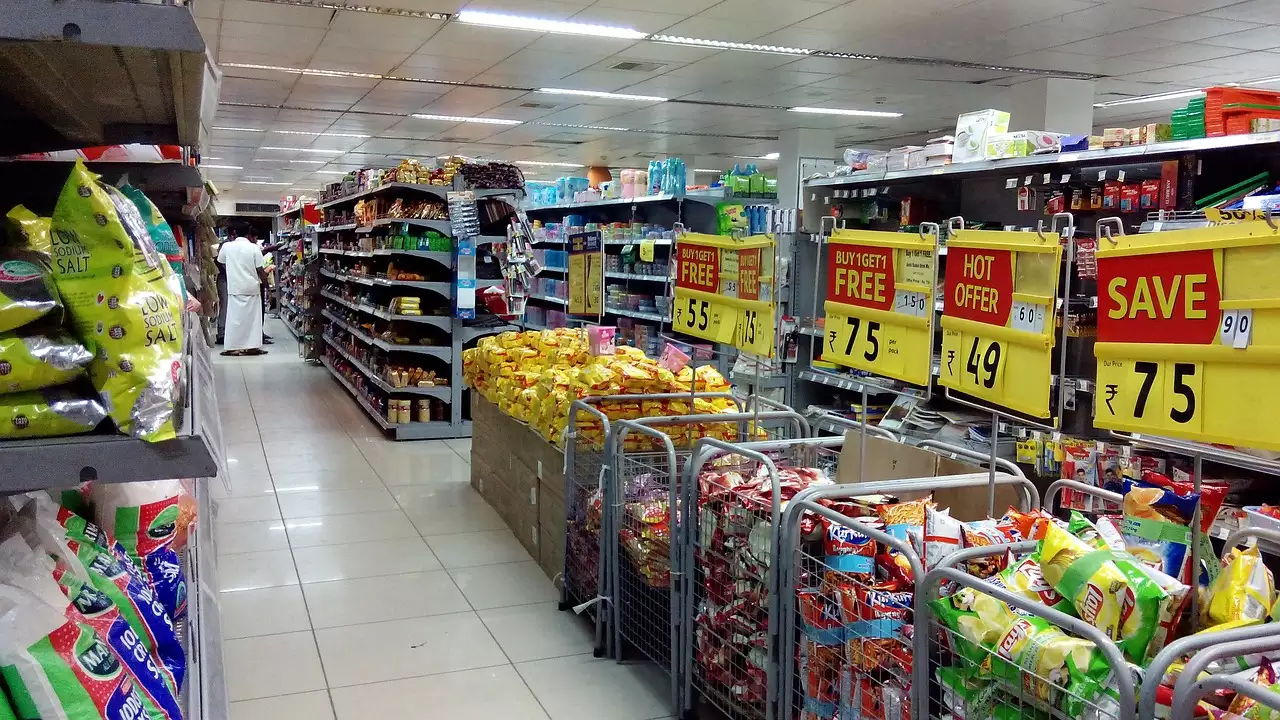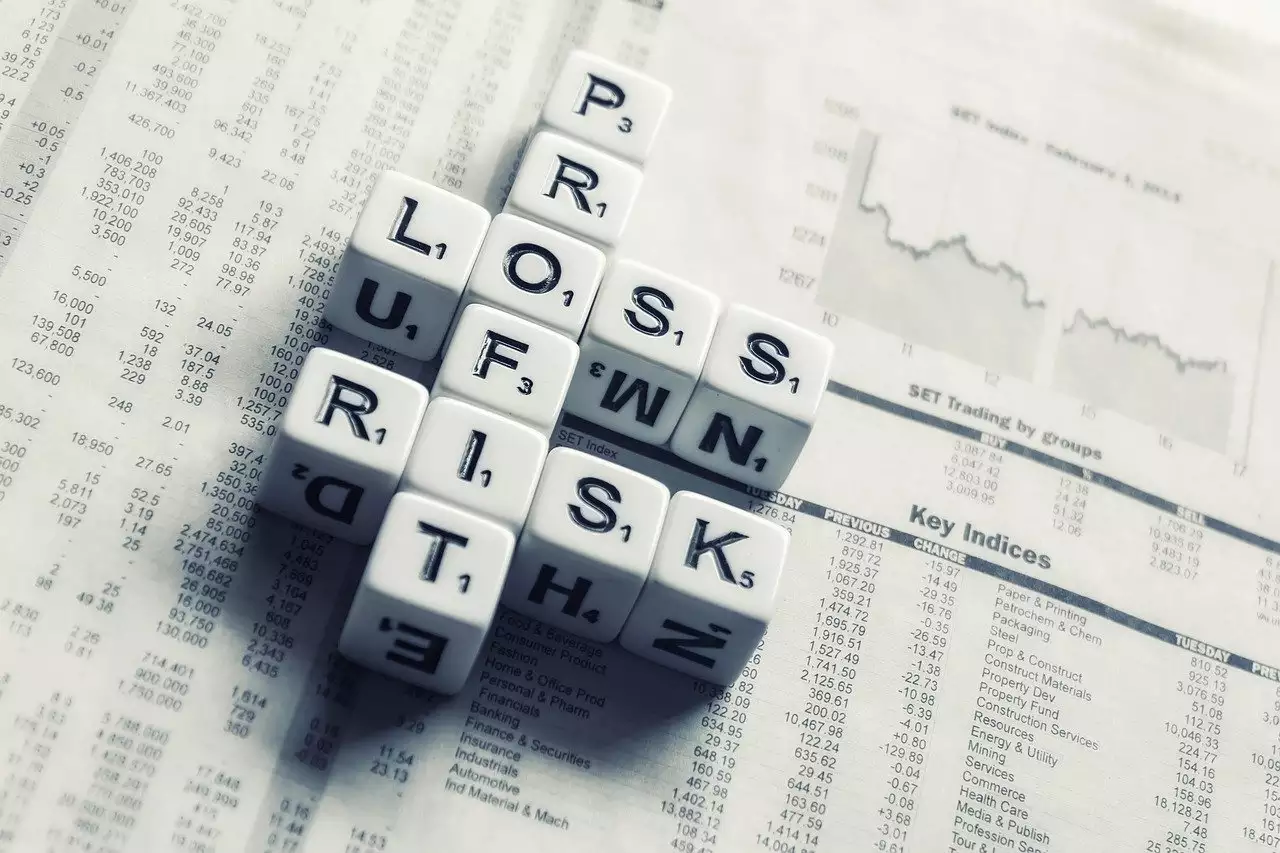Margin of Safety Calculator
Monitor the profitability of your business with the help of Calcopolis.

Running a business comes with its fair share of financial challenges. Luckily, there are tools like the margin of safety calculator to help make sense of it all.
In this article, we'll break down how to calculate the margin of safety, dive into its formula, and highlight the importance of the margin of safety ratio. By the end, you'll have a clearer picture of the wiggle room in your revenue beyond just breaking even. So, let's get started and see how this handy tool can simplify your financial journey.
What is the margin of safety?
The margin of safety calculator allows you to find out how much and if the sales surpass the break-even point. It is the basic accounting metric that every business owner needs to track to monitor his company's performance.
How to calculate the margin of safety?
The calculation of this metric is pretty straightforward; it is simply the ratio of sales above the break-even point divided by the total amount of sales. The result is usually expressed as a percentage value.
The margin of safety formula
MoS = (SALES - BEP) / SALES * 100%
Where:
- SALES - the total amount of sales in dollars
- BEP - Break Event Point value in dollars
The margin of safety in units
Alternatively, you can calculate the number of units you sell above the break-even point. In order to do so, you need to slightly modify the formula:
MoS = (SALES - BEP) / PRICE * 100%
Where:
- SALES - the total amount of sales in dollars
- BEP - Break Event Point value in dollars
- PRICE - Selling price of a single unit
How do we increase the margin of safety?
The margin of safety may be increased in several ways: by growing the sales, lowering the operating costs, or increasing the gross margin.
Of course, growing sales is obvious, but the other two should not be forgotten. Sometimes, increasing sales by applying higher markup is the easiest solution.
In the long run, each company should keep its operating costs under control. Lowering the business costs either by renegotiating the rents or purchase prices may positively impact the break-even point value and, therefore, increase the margin of safety.
It is important to note that with higher sales, the relative value of the operating costs to the sales may decrease because, with higher sales, the share of the fixed costs tends to decrease.
The importance of an effective pricing policy

In the competitive business landscape, offering discounts and markdowns is a common strategy to attract customers and boost sales. However, while they might lead to an immediate uptick in revenue, it's essential to recognize their potential impact on overall profitability and the margin of safety.
When discounts and markdowns are introduced, the immediate consequence is a reduction in the selling price of a product. This, in turn, impacts the profitability per unit sold. Before making such a move, it's crucial to calculate the margin of safety to determine how much cushion the business has between its current sales level and its breakeven point.
A high margin of safety might give a company more leeway to experiment with discounts without jeopardizing its bottom line.
However, markdowns without thorough financial modeling can be perilous. If discounts are applied without accounting for total costs – both fixed and variable – there's a risk that the product might be sold below its cost price, leading to losses on every unit sold.
This is where an accountant plays a pivotal role, helping businesses glean insights from their financial statements, ensuring that the estimated sales after the markdown still cover all variable costs and a portion of fixed costs.
Markdowns can be especially risky for businesses close to their breakeven sales level. Discounts can erode the already thin margin, making it even more challenging to cover total costs. This is where understanding the intricacies of financial modeling becomes essential.
By forecasting the potential increase in sales volume due to the markdown and comparing it against the reduced revenue per unit, businesses can gauge whether the strategy will be effective in the long run.
It's also worth noting that not all products are equally profitable. Before rolling out any discount strategy, it's prudent to identify which products have the highest profit margins. By offering discounts primarily on these profitable products, businesses can maintain a healthy overall profit margin, thus ensuring they don't drift too close to their breakeven point.
So, while discounts and markdowns can be powerful tools to stimulate sales, they must be approached with caution and foresight. By leveraging financial modeling and diligently calculating the margin of safety, businesses can lower the risk of their strategies backfiring.
It is crucial to focus on the effective prices, not the SRP prices. If you have an extensive discount policy or organized big markdowns, the real prices you charge your customers may be lower than in ad-hoc simulations.
Here at Calcopolis, you will find tools that may help you analyze your discount policy, for example, the discount calculator and markdown calculator.
Risk Management in Business

In the world of business, smart decision-making often hinges on understanding critical financial metrics. The margin of safety, revered by many investors and business leaders, is one such metric.
It offers a clear insight into the financial buffer a business possesses before it reaches its breakeven sales. Essentially, by assessing the margin of safety calculation, businesses can determine how much the selling price per unit can decrease before they step into the red.
But here's the catch: while the margin of safety is vital, it's just one piece of the puzzle. To truly manage risks, businesses should familiarize themselves with a range of metrics:
-
Current Ratio: This measures a company's ability to cover its short-term liabilities with its short-term assets. A current ratio greater than one indicates that the company can pay off its obligations, providing a clear picture of short-term financial health.
-
Debt to Equity Ratio: By comparing a company's total liabilities to its shareholder equity, this metric offers insights into how a company is leveraging its debt against equity. A high ratio can indicate a business is over-leveraged, which can be risky in volatile markets.
-
Net Profit Margin: While revenue is important, the net profit margin tells you what percentage of that revenue translates to profit after all expenses are accounted for. A consistent and growing net profit margin indicates robust financial health.
-
Quick Ratio (or Acid-Test Ratio): This is similar to the current ratio but excludes inventory from current assets. It's a stricter metric, offering a clear snapshot of a company's ability to cover its short-term liabilities using its most liquid assets.
-
Return on Equity (ROE): ROE measures how effectively management is using a company's assets to create profits. A higher ROE indicates that the company is generating more profit with less investment, showing effective risk management.
Now, circling back to the margin of safety – a high percentage offers comfort, suggesting that the current market price stands well below its perceived value, offering a cushion. Conversely, a low margin of safety raises caution, pointing to potential vulnerabilities should market conditions take an unexpected turn.
By integrating the margin of safety with the above metrics, businesses can craft a holistic risk management strategy. This multifaceted approach not only offers a safety net but also positions the business for growth, even in uncertain market landscapes.

